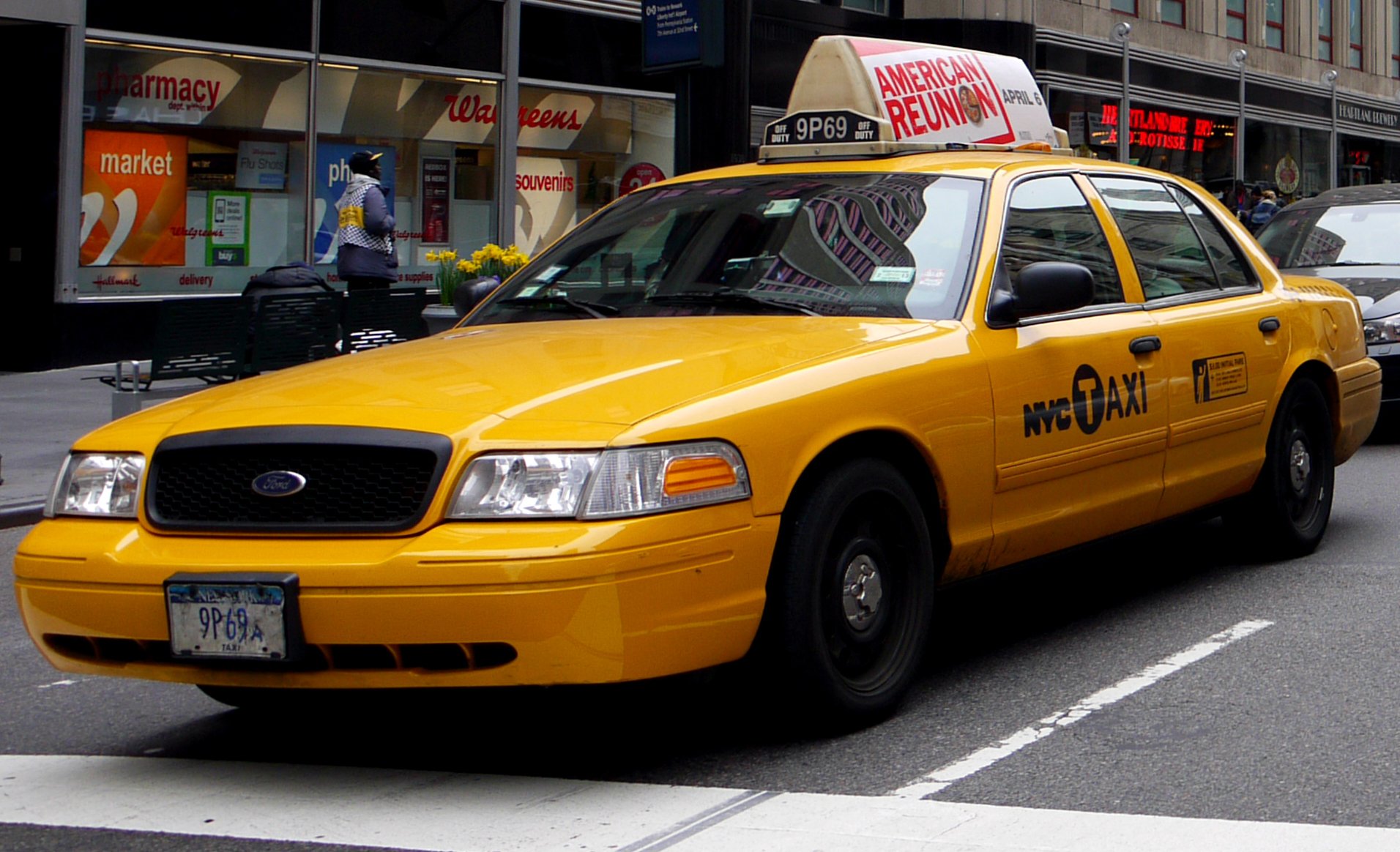
New York City, the bustling metropolis that never sleeps, has been witness to a remarkable evolution in its traffic landscape over the years. From the horse-drawn carriages of the 19th century to the labyrinth of yellow cabs and the emergence of bike lanes and ride-sharing services, the evolution of traffic in the city that never stops moving is a fascinating tale. In this blog post, we will explore the dynamic history and transformation of traffic in New York City.
Horse-Drawn Carriages to the First Automobiles
In the late 19th century, the streets of New York City were filled with the clip-clop of horse hooves as horse-drawn carriages navigated the cobblestone roads. The introduction of automobiles in the early 20th century brought about a seismic shift. The city’s streets began to echo with the hum of engines, signaling the dawn of a new era in transportation.
Gridlock and the Rise of the Yellow Cab
As the city’s population grew, so did the number of vehicles on the road. By the mid-20th century, gridlock became synonymous with New York City traffic. The iconic yellow cabs, introduced in the 1930s, became an integral part of the cityscape. With their distinctive appearance and ubiquity, yellow cabs became the lifeblood of the city’s transportation system.
Subways and Public Transit
Recognizing the challenges posed by traffic congestion, the city invested in an extensive subway system, which began operations in 1904. The subway revolutionized transportation by providing a rapid and efficient means of moving people throughout the city. Over the decades, public transit became an essential component of New York City life, helping to alleviate traffic congestion on the streets.
Bicycle Lanes and Pedestrian-Friendly Initiatives
In recent years, New York City has witnessed a renewed emphasis on alternative modes of transportation. The implementation of bike lanes and pedestrian-friendly initiatives has transformed the cityscape, encouraging a shift toward more sustainable and healthier forms of commuting. The Citi Bike program, introduced in 2013, has become a popular choice for locals and tourists alike, promoting a greener and more active lifestyle.
Ride-Sharing and the Digital Age
The advent of ride-sharing services such as Uber and Lyft has further reshaped the traffic dynamics in the city. Commuters now have a variety of options beyond traditional taxis, and the convenience of app-based transportation has altered the way people navigate the city.
Challenges and Future Prospects
Despite the progress, challenges persist. Traffic congestion remains a concern, and the city continues to explore innovative solutions, including congestion pricing initiatives and the expansion of public transit. The rise of electric vehicles, autonomous technology, and continued urban planning efforts aim to create a more sustainable and efficient transportation system for the future.
The evolution of traffic in New York City is a tale of adaptation and innovation. From the horse-drawn carriages of yesteryear to the interconnected web of subways, cabs, bicycles, and ride-sharing services today, the city’s traffic landscape reflects the dynamic nature of urban life. As New York continues to evolve, so too will its streets, offering a glimpse into the exciting possibilities of the future of transportation in this iconic city.
